Time and time again, I am learning more about Black American history, our achievements, contributions, and threading that is weaved in and out of the fabric of this great nation. Growing up, I learned history as told by white educators about white people and all “they” did building this country. Well, through time, we learned the truth. We embrace who we are and take pride in the more we know about Black America. The history pages continue to be rewritten, leaving our fingerprints through every turn and the world of sports
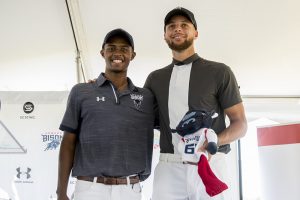
is no exception in a teachable moment. This amazing moment of awareness is in the area of golf and the contributions Black Americans made to a sport, dominated by white people.
I am a fan of NBA extraordinaire, Three-time NBA champion Stephen Curry, a member of the Golden State Warriors. I’m not only fascinated with his game, but also by the humbleness of his character and his giving heart. My story is not about Curry per se but serves as the backdrop for this article and how he partnered with Washington, D.C.’s Howard University to launch the school’s first NCAA Division I men’s and women’s golf team. Yes, the same University that graduated students like Vice-President Kamala Harris and the Supreme Court Justice Thurgood Marshall! Just so you know!
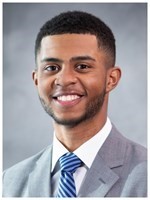
Otis Ferguson IV, a student and avid golfer like Curry, had tried for years to launch a golf team at Howard University. He printed flyers, held interest meetings with prospective team members, and reached out to a nonprofit that offered to provide golf equipment. Yet, the team never got off the ground. However, thanks to an encounter with Curry, what looked like the impossible, became possible. In January of 2019, Howard University hosted a screening of Emmanuel, a documentary about the 2015 massacre of nine Black worshipers by a white supremacist at a church in Charleston, South Carolina.
Curry was executive producer of the film, and afterward, he was the star of a panel discussion about its creation. Ferguson made it his business to be there. At the end, Curry started to leave when Ferguson shouted out, “Let’s play golf.” That caught Curry’s attention and he came back to talk with Ferguson who spoke about his love of golf and quest to form a team at Howard. The two stayed in touch by email, and within months, Curry made it known that he wanted to sponsor a golf team at Howard, allowing the university to compete at the intercollegiate level for the first time in decades. Curry returned to Washington to announce his commitment to fund the men’s and women’s golf teams for six years. Curry credited Ferguson for pursuing his dream and having the initiative to talk to him about it back in January.
Wow! Isn’t that so amazing?! Now, back to the teachable moment. Deep in history, lies more about Black people and golf. Wanting to know more, the shovel of my mind started digging, and this is what my research revealed:
Swinging Back in Time
Please note that this is not a complete list of the history of Black people in golf, but the highlight of a few. From John Shippen, whose father was African-American and whose mother was Shinnecock Indian, in 1896, plays in the second U.S. Open at Shinnecock Hills, where he worked as a caddie, at the age of 17, to Tiger Woods, Black Americans have played a significant role in the growth of golf, both on and off the course. Here are some of the many memorable moments in the history of Black Americans in golf.
In 1975, Lee Elder, now 86, born in Texas and raised in Los Angeles, becomes the first Black golfer to play in the Masters. He misses the cut but goes on to win four times on the PGA Tour and eight times on the Champions Tour.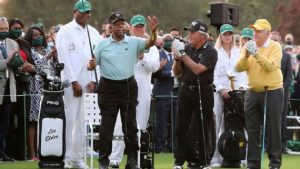 Langston Golf Course, which has been his home track for all those years, is located on Benning Road in Northeast DC, at the end of the DC Street Car Line. This historic 18-Hole course was named after John Mercer Langston, the first Black American elected into public office. The facility is a celebrated beacon of Black American golf heritage. Elder made an impact in Washington, D.C. His connection to the nation’s capital, to Langston, is long and deep. In the1960s, he taught golf to Washington’s youth there. He also played annually at the old Capital city classic there. What Elder meant to Black golfers at the Masters, it’s worth thinking about what Langston has meant to Black golfers in Washington. Elder’s life and career and mission are woven into all that.
Langston Golf Course, which has been his home track for all those years, is located on Benning Road in Northeast DC, at the end of the DC Street Car Line. This historic 18-Hole course was named after John Mercer Langston, the first Black American elected into public office. The facility is a celebrated beacon of Black American golf heritage. Elder made an impact in Washington, D.C. His connection to the nation’s capital, to Langston, is long and deep. In the1960s, he taught golf to Washington’s youth there. He also played annually at the old Capital city classic there. What Elder meant to Black golfers at the Masters, it’s worth thinking about what Langston has meant to Black golfers in Washington. Elder’s life and career and mission are woven into all that.
Other honorable mentions are Calvin Peete who wins the 1979 Greater Milwaukee Open, the first of his 12 career PGA Tour victories. Peete was the most prolific African-American winner until Tiger Woods came along. Then you have Harold Dunovant, who in 1986 a Life Member of The PGA of America, establishes the National Black Golf Hall of Fame. Of course, Tiger Woods, who in 1996 becomes the first Black American to win the Masters. Don’t want to leave out Black women. In 1963, Althea Gibson tennis player and professional golfer (Didn’t know she played golf as well), becomes the first Black American to compete on the LPGA Tour. Whew! There’s more, but let’s get back to Howard.
A Hole in One
“The game of golf in general, and just the business of golf, is obviously predicated on the middle-aged white man who has historically owned the game,” Curry said. While many Black Americans and other minorities play golf recreationally, there is a steep drop-off in participation at the more competitive levels. The scarcity of Black golfers is evident at HBCUs across the country. The five-time repeat champion of the Mid-Eastern Athletic Conference, which is made up mostly of HBCUs, is Augusta University, a predominantly white institution in Georgia. Many of the other schools in the MEAC, in which Howard competes in many sports, have majority-white golf teams.
In the past, the university had a Division II team, but officials said it was disbanded in the 1970s. Officials also said the new men’s and women’s teams mark the first time Howard will have a Division I golf program. “The idea around recreating Howard’s golf team and turning it into its first Division I program for men and women was born on that specific night,” Curry said. The program allows opportunities for student athletes … in areas where they are underrepresented.
Although officials did not reveal the size of Curry’s donation, it is estimated to be worth several million dollars. The money will be used to hire a coach, cover the cost of recruiting, and fund three, or perhaps four, full scholarships for the men’s and women’s teams in the 2020-21 school year. Besides the cash donation from Curry to be paid out over six years, the university received clubs and equipment from golf manufacturer and Curry partner Callaway Golf. The team also received shoes and other gear from Under Armour, another Curry partner.
“This came from Otis being passionate about the game, wanting an opportunity,” Curry said. “And now he will leave a forever legacy in terms of being a part of starting Howard’s golf team.” Ferguson did get a chance to play with Curry, joining a foursome in the sweltering Washington heat that also included Frederick, the university president, and Chip Brewer, CEO of Callaway Golf.
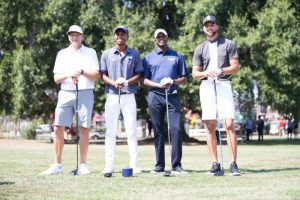











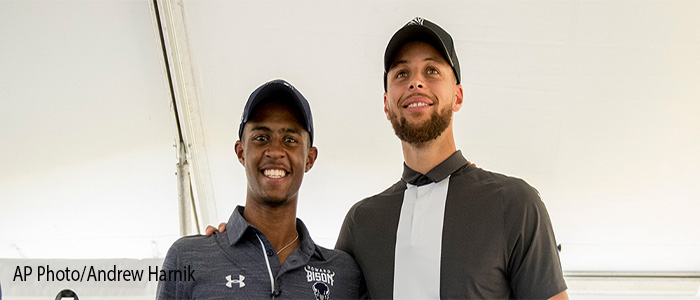
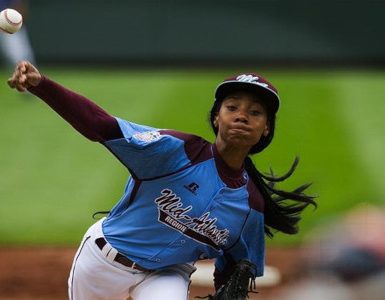
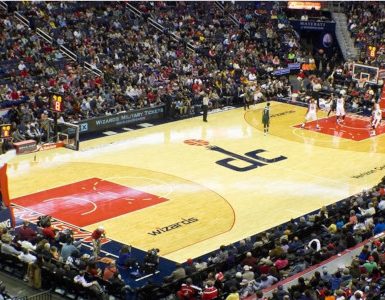
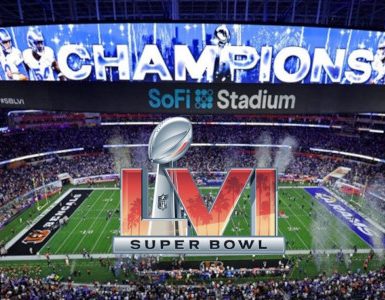



Add comment